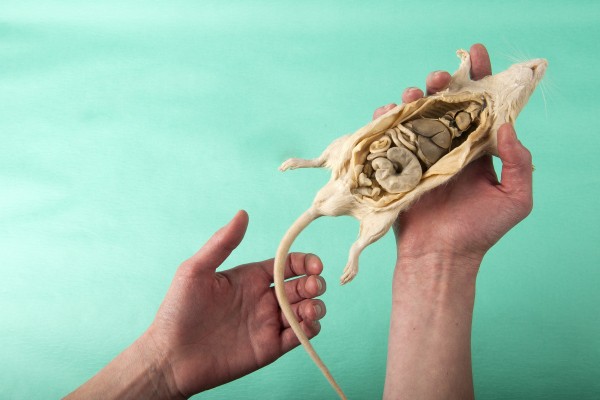Arend Schot's plastinates
10 years agoArend Schot processes deceased animals in order to preserve them. Schot works for the Faculty of Veterinary Medicine in the Anatomy and Physiology chair group, which is part of the Department of Pathobiology.
In the past, veterinary education often involved working with wet specimens: animals in formaldehyde, a toxic substance. Not only is using a specimen in formaldehyde toxic, difficult and impractical (a specimen must be rinsed for 48 hours prior to use), these kinds of specimen also have a limited lifespan. As a result, new dead animals are needed on a regular basis. Sometimes laboratory animals are killed for this purpose.
Donated deceased animals
For this reason, the Faculty of Veterinary Medicine at Utrecht University has spent many years working on two goals: the development of dry specimens, so-called ‘plastinates’ and setting up a good donor programme. Plastination involves the replacement of an animal’s bodily moisture with acetone and then subsequently with silicone oil, after which the body hardens. A plastinate is long lasting and does not share the disadvantages of a formaldehyde specimen. The animals that are used are not killed for this specific purpose.
The specimens range from intestinal systems, to lungs and a heart, to complete animals. The students can study the plastinates before they come into contact with real animals. As a result they are much better trained when they first start to work with live animals.
This article is based in part on an article published at dub.uu.nl (Dutch).


